Genuine sturgeon caviar is also back on the menu, thanks to the development of responsibly farmed fish. Sturgeon aquaculture is a booming business in fact. Any tin of caviar you buy today will have come from a caviar farm rather than the depleted wild fisheries of Russia and Iran. Some of these farms employ ‘no kill’ methods to harvest the roe; others do kill the fish but ensure every part is used and new stocks are bred to replace them. In both cases the time and cost involved in producing consistently high quality eggs make the production cycle lengthy and profit margins tight. Caviar prices have dropped since farming became widespread, but it’s always likely to be a luxury food because of this.
Caviar you can eat with a clear conscience
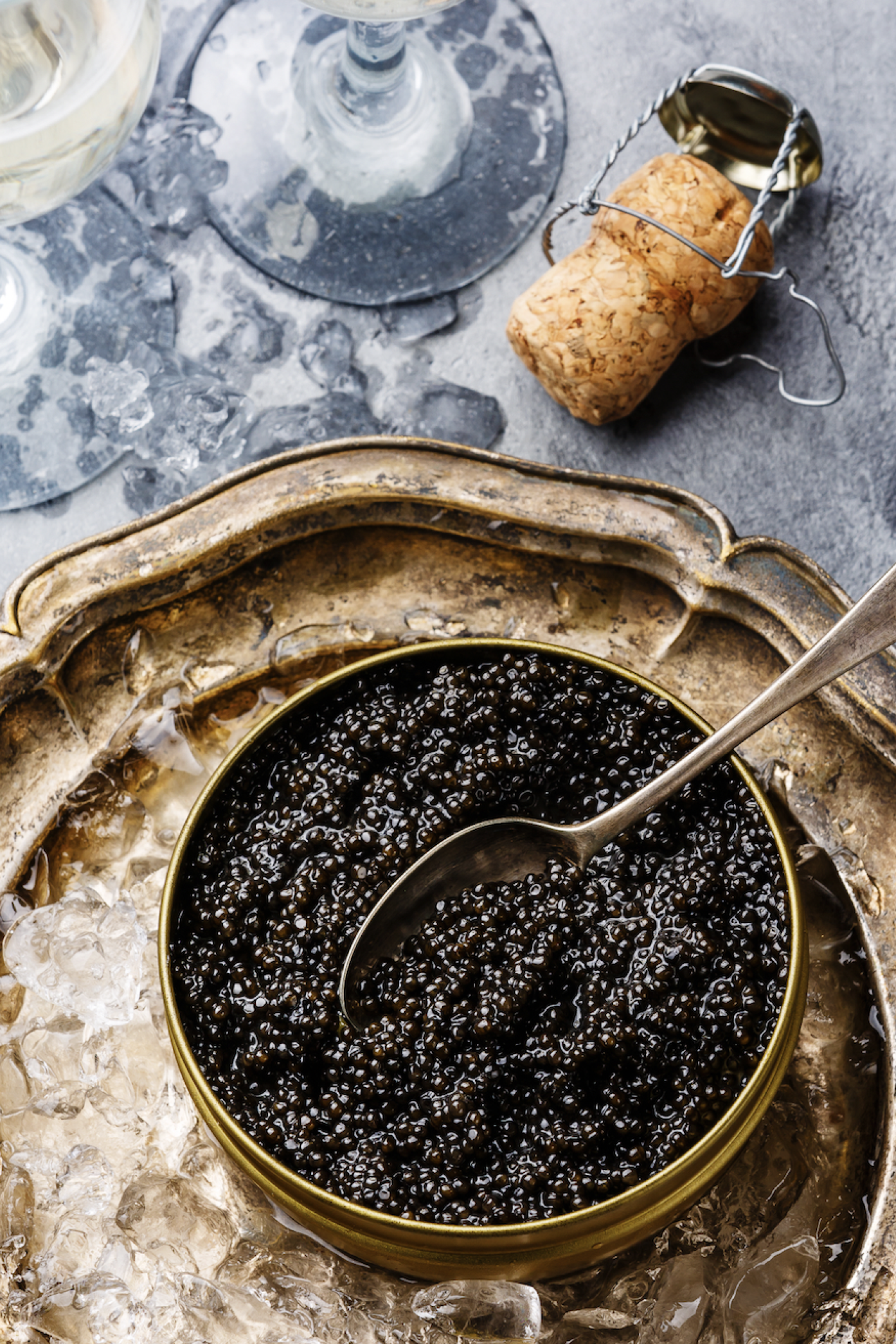
Champagne is no longer just for special occasions. Smoked salmon is a standard sandwich filling and black truffle can be found flavouring everything, from crisps to sausages to pizza. Caviar, however, remains reassuringly expensive. That’s because the salted roe of sturgeon – most famously Beluga, but also Osetra, Serruga and a host of other varieties and hybrids – is a delicacy for which demand has always outstripped supply.
We’ve known for some time that harvesting caviar from wild fish is unsustainable. Sturgeon is one of the most endangered species on the planet because the traditional method for collecting the unfertilised eggs involves killing the fish, and sturgeon are long-lived creatures that take years to reach maturity. There are strict laws preventing the international trade of caviar from the Black, Caspian and Baltic Seas, but wild stocks will still take decades to replenish.
Fortunately, there are alternatives. Only roe from sturgeon can be accurately labelled caviar but other fish eggs are available: trout, salmon and lumpfish to name but three. These differ hugely from the buttery black pearls of sturgeon roe – salmon and trout roe are bright orange, for a start – but they can similarly be used as a garnish, on bite-sized blinis or in a creamy pasta sauce.
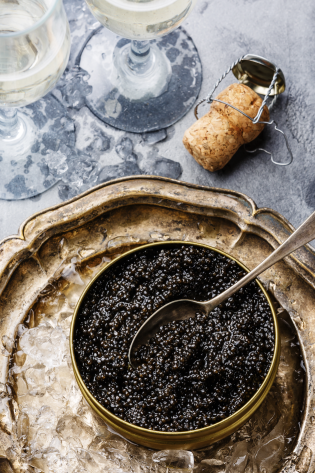
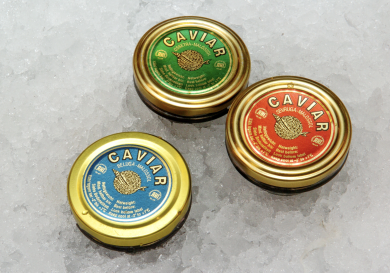
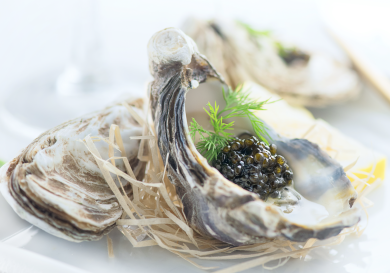
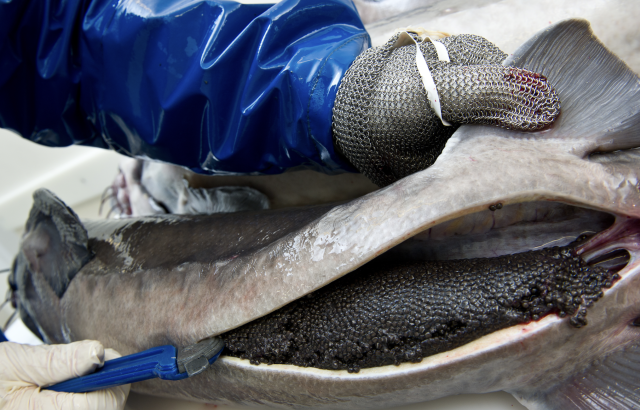
That said, a new generation of caviar consumers are beginning to make their mark on social media. A trend for doing caviar ‘bumps’ – licking 3 or 4 grams of caviar from the back of your hand and washing it down with an ice-cold shot of vodka – rippled out of Coachella and across the high-end bar and restaurant scene last year. At the other end of the glamour scale, a TikTok craze for eating caviar and sour cream on Doritos took off thanks to a much-shared video made by ‘Caviar Queen’ Danielle Zaslavsky (who happens to be the daughter of Mark Zaslavsky, owner of ‘farm-to-spoon’ caviar business Marky’s Caviar).
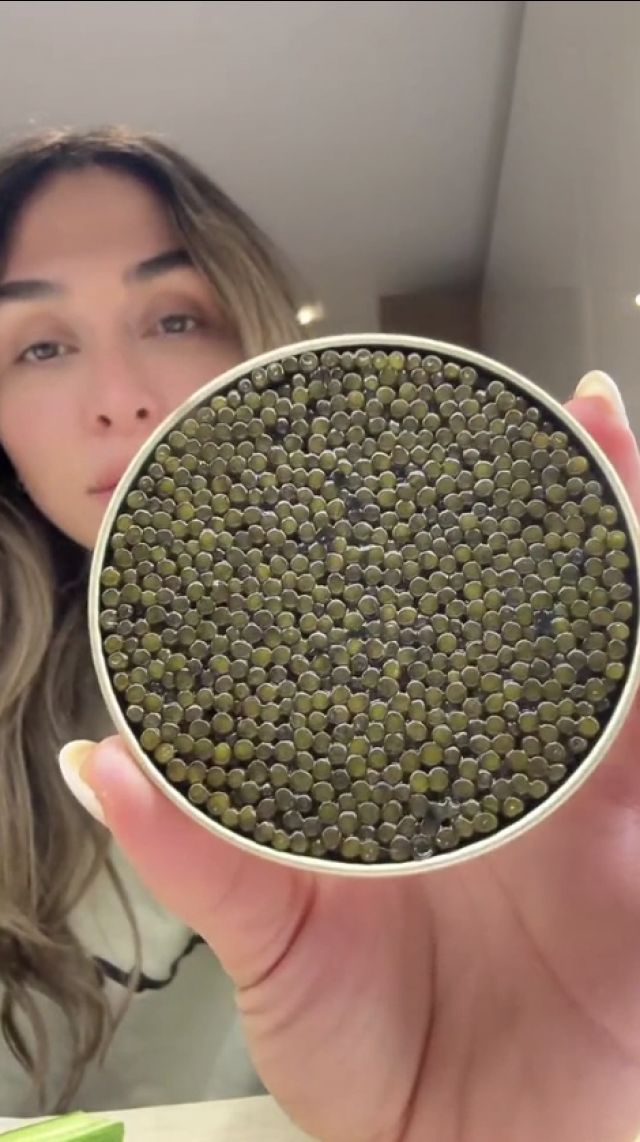
Needless to say, the Dorito pairing is not widely endorsed by top chefs, and given that caviar has a somewhat subtle flavour profile it’s not hard to see why. Caviar is, however, increasingly being used as a luxe ingredient in leading restaurants – a salty punctuation that goes particularly well with the sweetness of crab or lobster.
So where best to enjoy the finest examples of responsibly farmed sturgeon roe?
With venues in New York, Dubai, Sao Paulo, Saint Tropez and Los Angeles, Parisian restaurant group Caviar Kaspia has been at the forefront of caviar supply since 1927. The brand’s much-vaunted return to London in 2019 suffered a series of postponements and delays, but last year saw the opening of their new private member’s club in Mayfair. Unsurprisingly, caviar is the feature ingredient in the restaurant, although membership is by personal invitation only.
If you’re still waiting for your invite, you might have more luck at Petrossian, another French enterprise making its mark on the London scene. The new deli and cafe in South Kensington promises to deliver a wide range of their speciality caviar, as well as innovations such as caviar butter, caviar paper and even liquid caviar.
Finally, Caviar House and Prunier – supplied by the Prunier caviar farm in the Dordogne – has restaurants throughout Europe and seafood bars in some of the world’s biggest airports. Their flagship restaurant in Piccadilly serves teaspoon-sized tastes of their caviar range alongside high quality smoked salmon and seafood platters. You can also buy tins of several varieties direct from their website – check out the recipes section for some nice ideas on how to serve it.
Share this Article
You Might Also Like
-
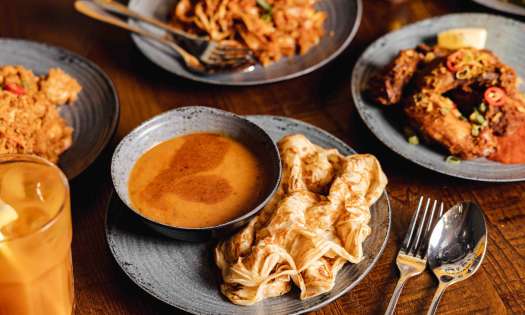
What's On Our Radar This Month: December 2025
From buzzy new restaurant launches and immersive exhibitions to the latest beauty releases, here are 12 things on the Sybarite's radar this December.
-
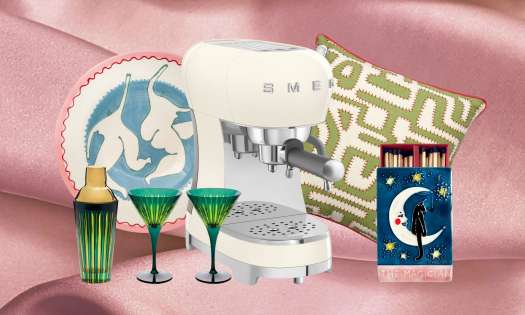
The Sybarite Gift Guide 2025: For The Host
Still hunting for Christmas gifts? Discover our curated round-up of some of the best presents to thank your host.
-
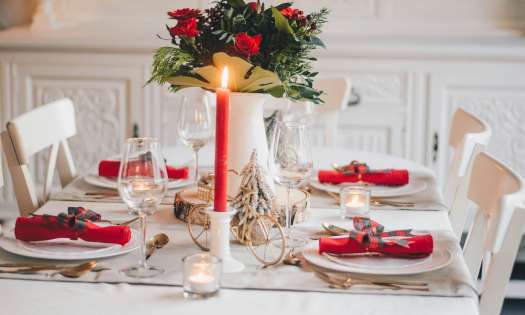
London’s Most Wanted Festive Tables
This year, London has outdone itself. From Japanese omakase hideaways to subterranean seafood dens and timeless Mayfair classics, these are the dining rooms worth claiming before someone else does.
-
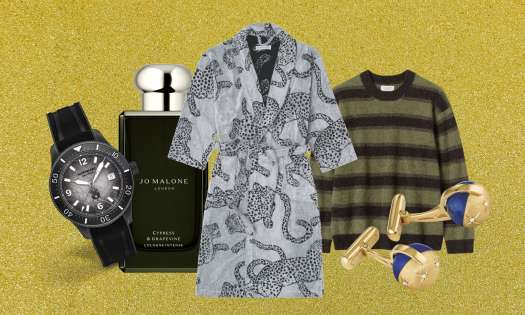
The Sybarite Gift Guide 2025: For Him
Still looking for Christmas gift inspiration? Whether you're shopping for a friend, father or husband, these sartorial staples, timeless accessories, and grooming gifts are a good place to start.
-

The New Flavours of London
Niamh Walsh rounds-up some of the boldest and best new flavours to emerge from the London restaurant scene.
-
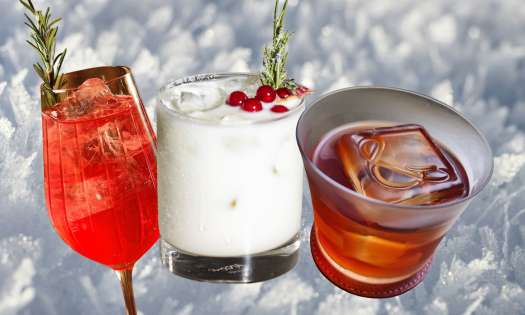
Whimsical Winter Cocktails
As the winter season takes hold, The Sybarite has curated a round-up of six whimsical cocktails for dinner parties and low-key gatherings alike. From punchy pomegranate spritzes to decadent sips laced with coconut, there's a serve to suit every mood.
